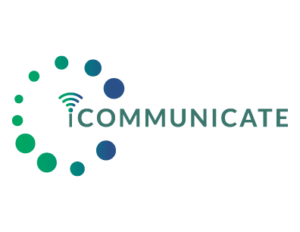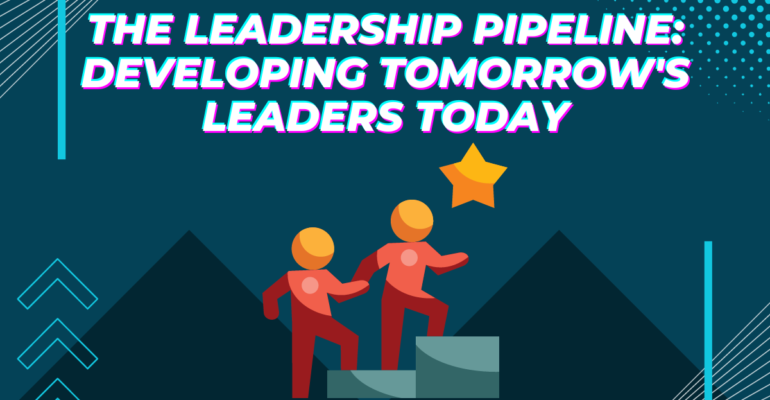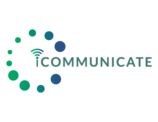The Leadership Pipeline: Developing Tomorrow’s Leaders Today
January 9, 2024 2024-01-09 20:22The Leadership Pipeline: Developing Tomorrow’s Leaders Today
Change is inevitable. When we look at the challenges in modern society, we must confront the cultural norms that no longer serve us. What must we confront that has us thrive, remain relevant, and serve our stakeholders in a way that ensures success now and in the future?
Anyone interested in competing and winning the game of business must master a realm of resilience and innovation to sustain a competitive edge. Cultivating effective leadership within organizations is not just an asset; it’s a necessity. This blog delves into the strategies and examples that can guide businesses and social enterprises to envision and actualize a future marked by innovation, collaboration, and ethical leadership.
The Need for Succession Planning
Succession planning is akin to planting seeds for a garden you may never see in full bloom. A key aspect would be identifying and nurturing potential leaders early and creating a leadership pool to sustain growth and innovation. This approach ensures smooth leadership transitions, preserving organizational stability and vision.
To secure a future prosperous in innovation and ethical success, organizations must focus on cultivating specific leadership qualities that are essential in today’s dynamic environment:
- Integrity: A leader’s integrity is based on recognizing what works for everyone involved and creating win-win situations. To do this, we must inquire ‘whether the leader understands the stakeholders’ and the industry’s needs. Is the leader clear about their strengths and what additional leaders they need to establish a reliable foundation for success? Are they fit for their accountability and employ practices of transparency, emotional intelligence, and a consequential environment that pulls for innovation and fair play?
- Partnership: Modern leadership is about teamwork. Effective collaboration and communication skills are vital to building strong, unified teams. The source of authentic communication involves a high level of awareness that pulls for adaptability and resilience. Leaders must be developed to listen, remain agile, and be ready to adapt in the face of breakthroughs and setbacks.
- Enrollment: The ability to get alignment and unite people towards a common goal is indispensable in effective leadership. It is not agenda-based, but it is a function of communicating to get buy-in and consensus that leaves people a part of the process and eager to participate. By nurturing these qualities, organizations don’t just prepare for the future; they shape it, creating leaders equipped to meet tomorrow’s challenges with confidence and integrity.
Identifying Leadership Potential in Your Organization
Tracking and evaluating various employee performance and behavior aspects is crucial to building comprehensive organizational leadership. By focusing on these critical areas, organizations can identify and cultivate the leadership qualities most aligned with their strategic goals. Here are essential aspects to monitor:
- Performance Trends: Monitor and assess individual performance trends, focusing on those who consistently achieve and exceed goals. This approach helps identify individuals with a strong work ethic and a result-oriented approach.
- Decision-Making Skills: Observe and evaluate the outcomes of decisions made by potential leaders. This involves understanding their problem-solving and decision-making processes and how their choices impact team performance and business outcomes.
- Communication Patterns: Assess how effectively potential leaders communicate and engage with their teams. Please pay attention to their interactions in meetings, emails, and other communication channels to gauge their ability to influence and motivate others.
- Leadership Styles: Recognize and understand different organizational leadership styles. Evaluate which styles are most effective in various contexts, aiding in developing versatile leadership skills.
- Customer Satisfaction and Business Impact: Gather feedback from clients and customers to understand the impact of potential leaders on customer relations and business success. Leaders adept at maintaining strong customer relationships are often crucial to long-term success.
- Designing Leadership Development Programs: When designing development programs, we recommend an extensive one that combines rigorous coursework with practical application, challenging participants with real-world business problems. Effective programs should blend theory with practice, encouraging potential leaders to apply their insights to their current roles at work.
By carefully tracking these aspects, organizations can more effectively identify individuals with the potential to become influential leaders, ensuring a pipeline of talent ready to take on future challenges and drive organizational success.
Challenges and Pitfalls in Developing Future Leaders
Navigating the path of developing future leaders presents distinct challenges.
Spotting Hidden Gems: Beyond the visibly high achievers, identifying those with subtler yet crucial leadership qualities often proves challenging but pays big dividends. Consider creating a broader selection spectrum to open up more opportunities within your talent pool.
Theory vs. Practice: A delicate balance is required between academic leadership concepts and their practical application in the real world. Encourage future leaders to incorporate what they learn into practice so the learning is not conceptual. It’s concrete and replicable; therefore, it has relevance and value.
Overcoming Change Resistance: Aspiring leaders may grapple with internal hesitations or external skepticism, making the transition into new roles challenging. Consider continually enrolling them into trying on a fresh, new perspective without comparisons or preferences where they are no longer engaged in resistance but eager to see new possibilities and growth.
Maintaining Momentum: Sustaining the engagement and motivation of potential leaders is vital, lest they lose interest or seek growth opportunities elsewhere. Acknowledge their progress and breakthroughs and ensure there are pathways to excel and grow.
Addressing these intricacies with finesse is key to cultivating influential leaders for tomorrow’s challenges.
The Role of Technology in Leadership Development
Technology offers numerous pathways to building influential and professional leaders. Below are a few examples.
- Digital Learning Platforms: These provide flexible, tailored learning experiences, allowing aspiring leaders to develop skills on their own terms.
- Simulations and VR: These immersive tools offer realistic practice environments for honing decision-making and crisis-management skills.
- AI-Powered Analytics: AI offers personalized insights for leadership development, identifying skill gaps, and customizing learning paths.
- Collaboration Tools: Advanced communication and networking platforms enhance collaboration, mentoring, and community building among emerging leaders.
These technological approaches streamline leadership development and align it with the dynamic needs of the contemporary business landscape.
Learn more about the role of leadership development in our latest blog: Unlocking the professional growth- role of leadership development.
Conclusion
The journey to developing influential leaders is ongoing and ever-evolving. The examples highlighted here offer a glimpse into the myriad ways organizations can create a leadership pipeline that is robust and aligned with their core values and vision. Ultimately, the true testament to successful leadership development is an organization that thrives through change, embodies ethical practices, and inspires innovation at every level.


